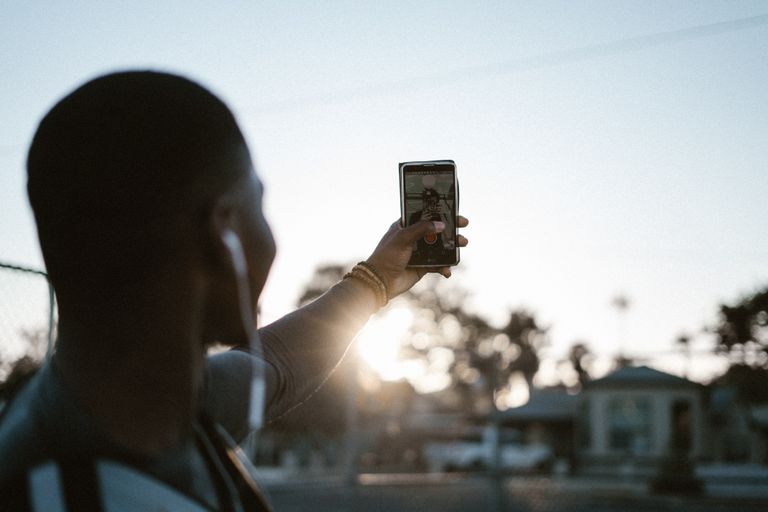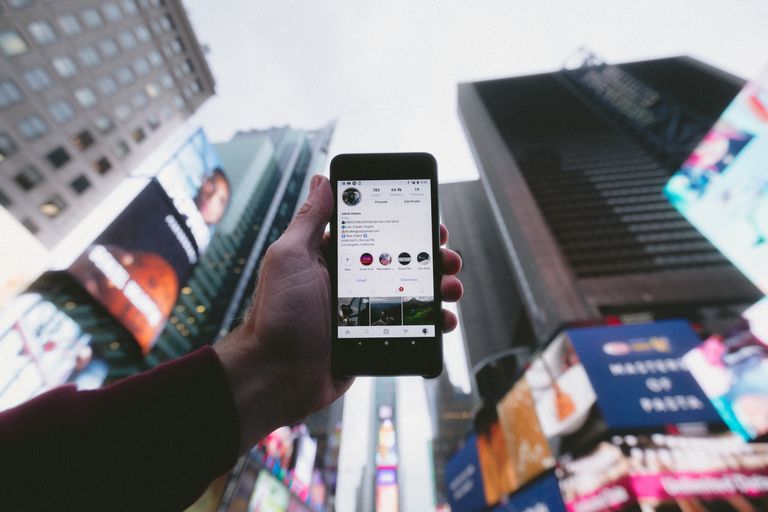What you got in your mouth?" asks the adult behind the camera. The little child looks up, eagerly ramming the remnants of his snack into his mouth. A hand appears on screen.
"Give it to me," says the adult. "Give it to me."
The child spits. It's a roach.
The adult snickers. The clip ends. Here's the link to this video clip
This, I'd say, is a case of content creation gone wrong, the ideal clip to showcase what not to do on social media as a content creator. Maybe that was the intent.
Incidentally, though the clip is now making its rounds across social media, the accounts credited with creating the post in the first place have either gone private with approved followers only or, it appears, have erased all evidence of the original post to begin with. Something tells me that, with the power of hindsight, the creators have had a change of heart. I could be wrong.
Social networking and content creation in 2022
With the barriers to filmmaking and publishing significantly lowered, empowering anyone with a camera, an internet connection and a storyline to go viral, the world of entertainment has been reshaped.
Today, real life drama on social media attracts far more attention, views and conversations than multi-million dollar blockbuster movies starring blue chip actors and actresses on the big screen.
In the article, How is Social Media Reshaping the Filmmaking Landscape, the writer, Tessa Watkins notes, "The rise of social media is undoubtedly changing the video landscape, from generating a demand for tighter hooks and faster edits through to a shift in the speed of content delivery."
Gone are the days of long and repeated reviews and retakes before releasing. We are living in a world of instant news and content. The bloopers are the shows. And so, it's not uncommon for quick clips of persons making a fool of themselves, sharing deeply personal stories or, capitalizing on current events, to make clips and rush to the social media platform of their choice- Twitter, Instagram, TikTok- eager to be the first off the draw, the first to catch the most views, and for bragging rights, pretty much in the fashion of rapper Soulja Boy, to say, "I did it first."
And all of this for a dopamine hit on platforms arguably designed to be addictive.
Cleveland Clinic described dopamine as a feel good hormone.
"It gives you a sense of pleasure. It also gives you the motivation to do something when you're feeling pleasure… As humans, our brains are hard-wired to seek out behaviors that release dopamine in our reward system." And therein lies our problem.
In the article, Why You Shouldn't Go Viral in 2022, writer Christianna Silva states, "Social media has created a space in which the number of eyeballs on any piece of content can escalate quickly, finding its way to a meme account, a popular subreddit, a trending hashtag."
The Guardian article, Constant craving: how digital media turned us all into dopamine addicts, written by Jamie Waters, quotes world leading expert on addiction, Dr. Anna Lembke who refers to the smartphone as the "modern-day hypodermic needle" as she speaks of behavioral addiction and social media.
Thus, in our fight for eyeballs and popularity, we engage in increasingly ridiculous feats, all in a bid to go viral, thinking little until after the fact of the long term consequences of our words and actions. To quote Simon Boag, Associate Professor in the Department of Psychology at Macquarie University in Sydney, Australia, we get digital tattoo.
In the article Why do People Overshare on Social Media, Boag compares the tendency to overshare on social media to a digital tattoo, "a good idea at the time, but not always easy to get rid of".
"Things we used to consider private are grist to the daily social media mill. It's part of the push to be seen as 'authentic'," he writes. "There's new value in vulnerability and spilling your guts. It's what some are calling contagious vulnerability, and part of a new language of mental self-care."
But then we wake up from our stupor and there's that tattoo that we can't seem to scrape off.
All too often today, we see prominent figures dogged by resurfaced clips of their thoughts and actions. Rising stars are dimmed and promising careers scuttered in yet another trend that proposes to shape social accountability by holding people to account for thoughts they shared years, sometimes more than a decade ago. With this model today, one wonders what the future holds.
On or around 2019, I decided to revise my approach to social media. Yep, I woke up and got out of bed late. Missed the bus. Turned in my homework after 12.
Still, when I consciously made the decision to step back and reevaluate my presence online, I realized with a lot of chagrin, that I too had been bitten by the dopamine bug, wanting to get in on every trending conversation, wanting to be a part of every movement and to weigh in on things that I had little information on, becoming emotional, sometimes even combative, caught up in the rush of the moment. And so, I stepped back and took a breather. I'm still taking that breather on some platforms.
And while I have returned online to write, I try to manage what I write, to take an intentional approach to sharing, and not to become entangled in the continuous treasure hunt for a viral moment.
See, my position today is this: when I am creating and sharing content online, it should not be reviewed within the context of how many people will like this or me or whether I checked the instantaneous, off the cuff communication box, but rather within the context of how will I feel about this ten years from now and is this a hill I am prepared to die on.
Maybe it's age that got to me. But I can 100% relate to Silva when she writes, "If there were ever a year for us all to stop playing the 'maybe I'll go viral' game, 2022 is it."
This article was first posted to my blog on Read Cash


